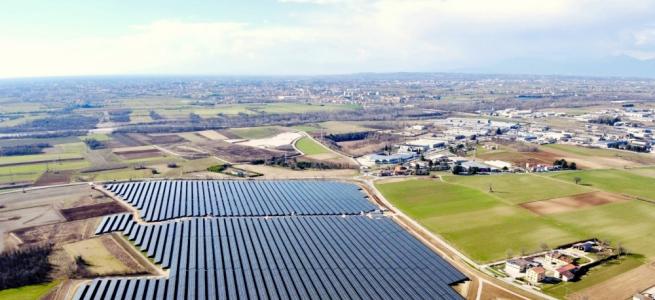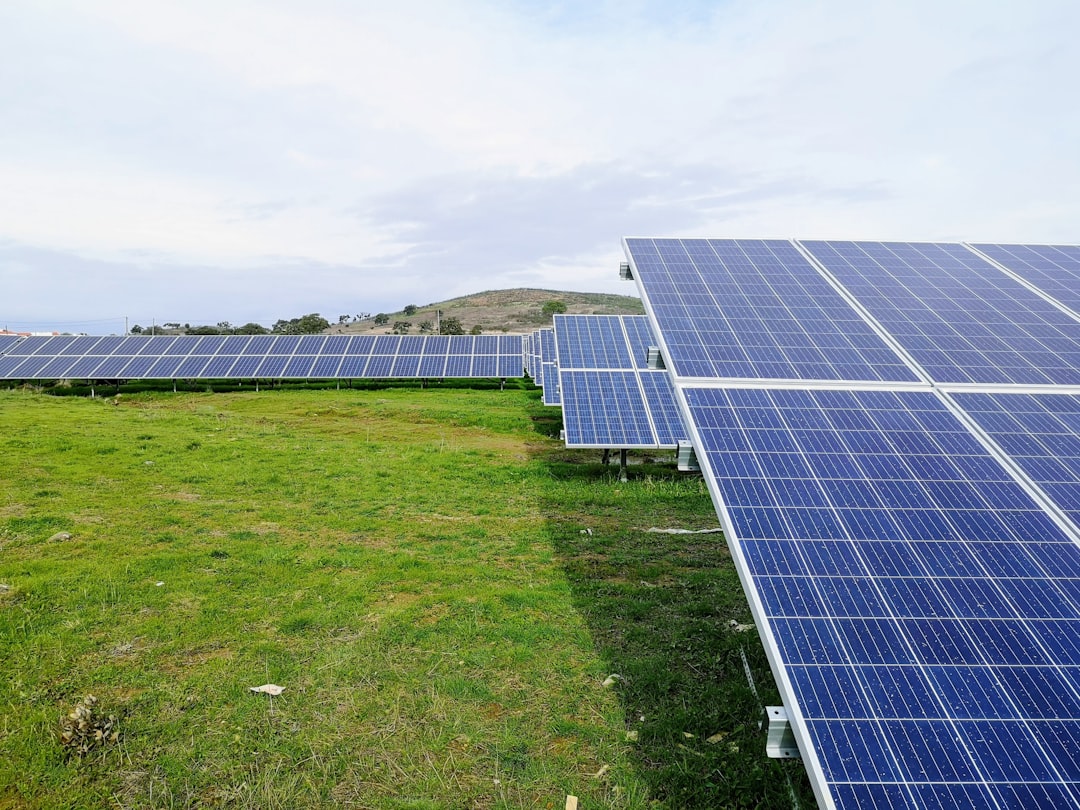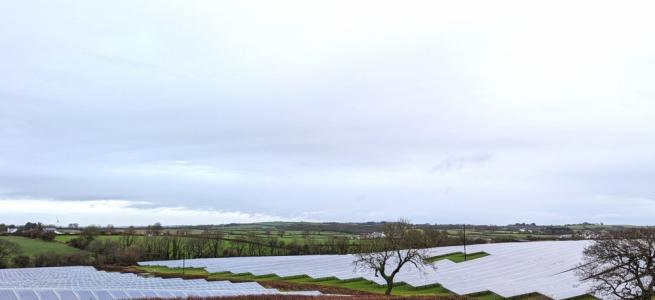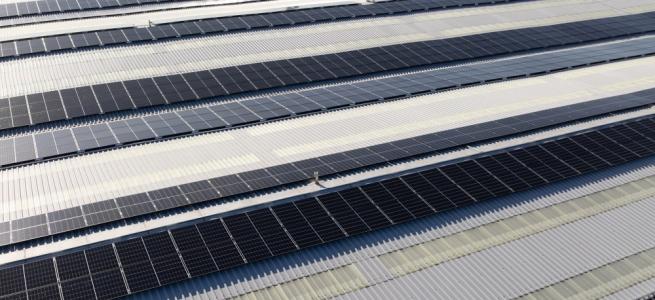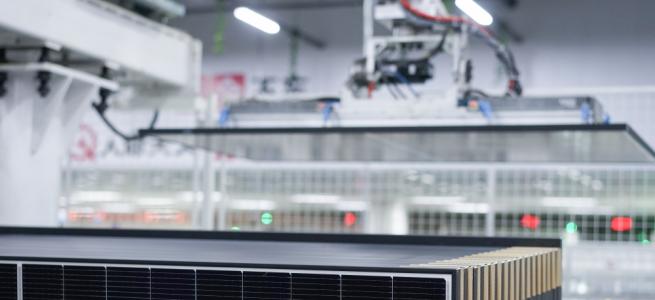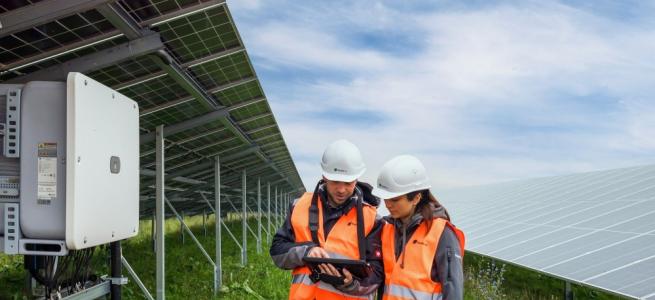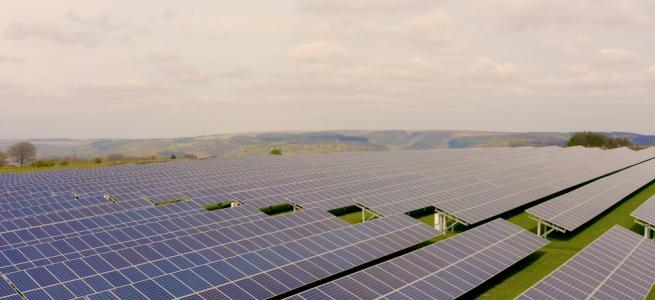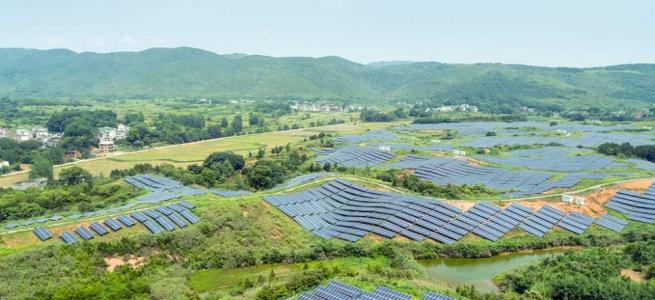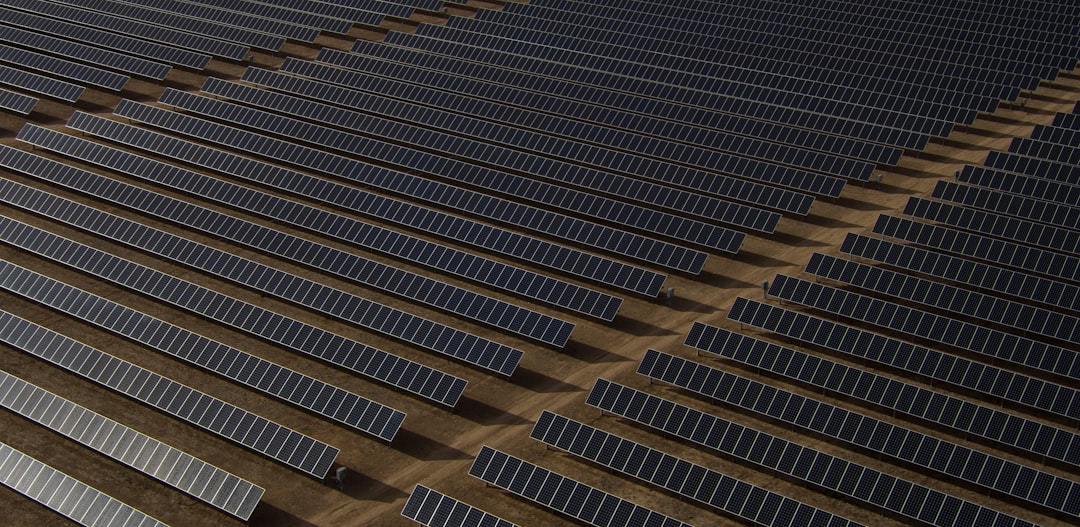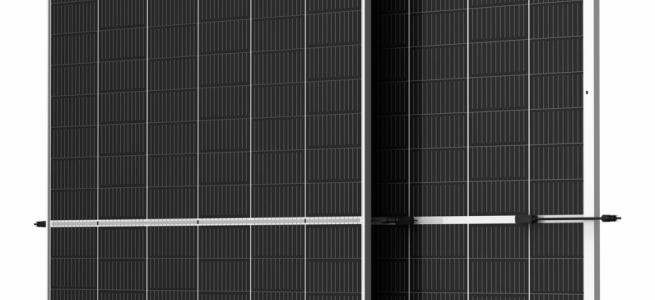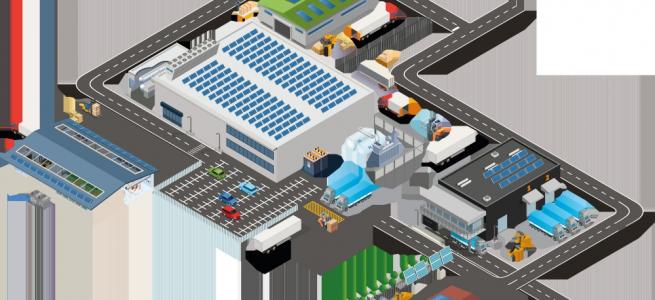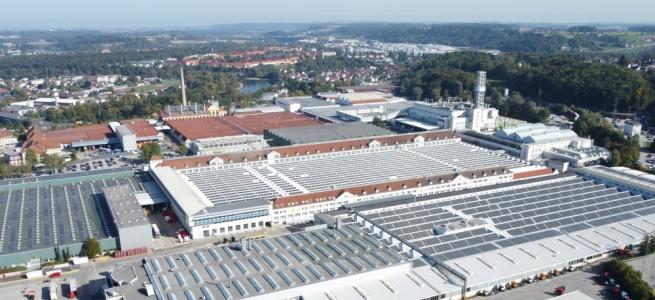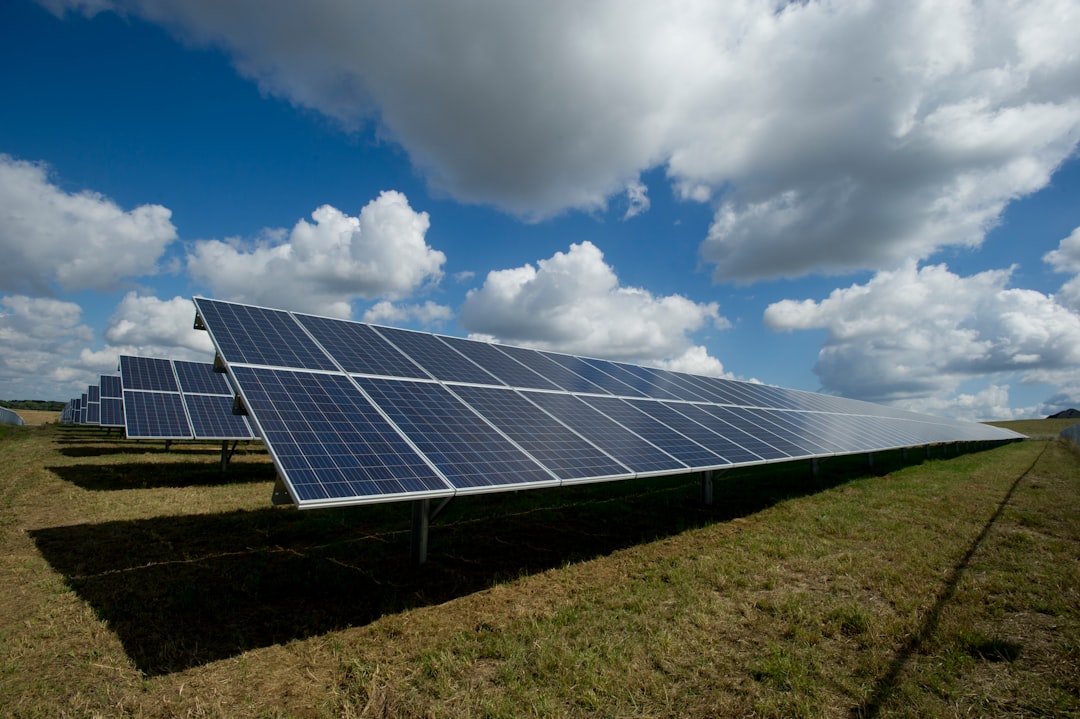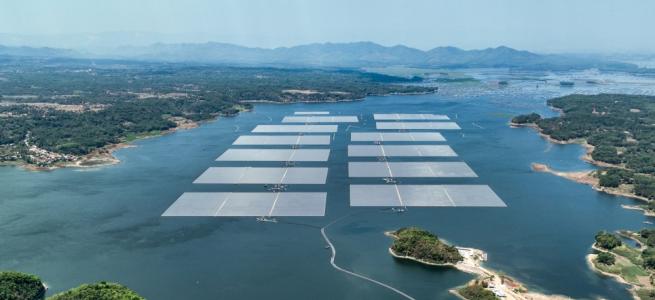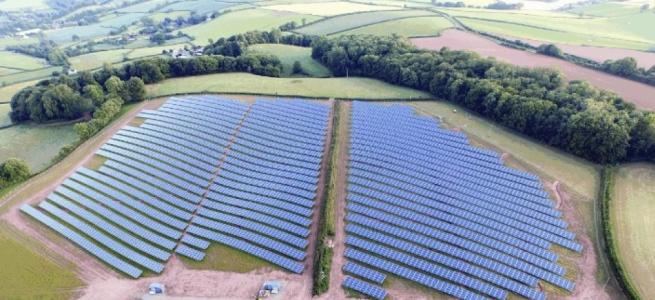ABB installs world’s first 500 kV digital substation in South America
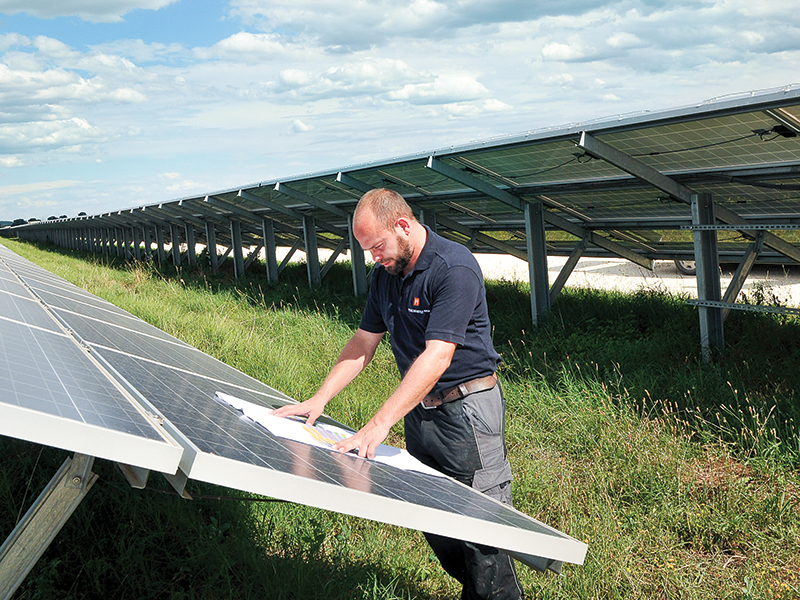
The substation will enable Enel Green Power to deliver carbon-free electricity from Brazil’s largest photovoltaic power system safely, reliably and sustainably
When ABB delivered Latin America’s first digital substation in Brazil in 2018, Enel Green Power took note. The electricity company, a top producer of renewable energy worldwide and a leader in digitalization, decided to digitalize its assets operations and processes by 2020 to improve the energy efficiency, lower the maintenance costs and increase its use of sustainable solutions. The enhanced accessibility to on-site signals and data allow to speed up informed decision making and take real time solutions to cope with the energy fluctuation in solar irradiance due to cloud movements.
In this strategy, ABB’s digital substation seemed to fit perfectly. Working closely with the customer, ABB proposed various design and engineering alternatives to find the best and most cost-effective solution meeting Enel Green Power’s requirements.
South America’s biggest photovoltaic plant
ABB’s substation was chosen to deliver emission-free solar power to Brazil’s 500 kilovolt (kV) transmission network from Enel Green Power’s solar photovoltaic (PV) plant at São Gonçalo in Piauí, northeast of the country. This is the world’s first digital substation for the 500 kV alternating current rating.
When completed, the entire 608 MW plant will be capable of generating more than 1,500 GWh of clean solar power – cutting down 860,000 tons of carbon emissions a year. This will be the biggest solar PV power plant in South America and will strengthen Enel Green Power’s position as a global leader in the green energy sector.
PV power is booming in Brazil. Installed capacity is expected to reach 3,000 MW at the end of this year, up 50 percent from 2018. According to ABSOLAR, the Brazilian PV industry trade association, this equates to $1.3 billion of investment in the country’s economy, translating into 15,000 jobs. Given the situation, today’s grid operators require digital solutions to deal with the increasing amount of intermittent renewable and distributed energy sources being integrated into the grid.


